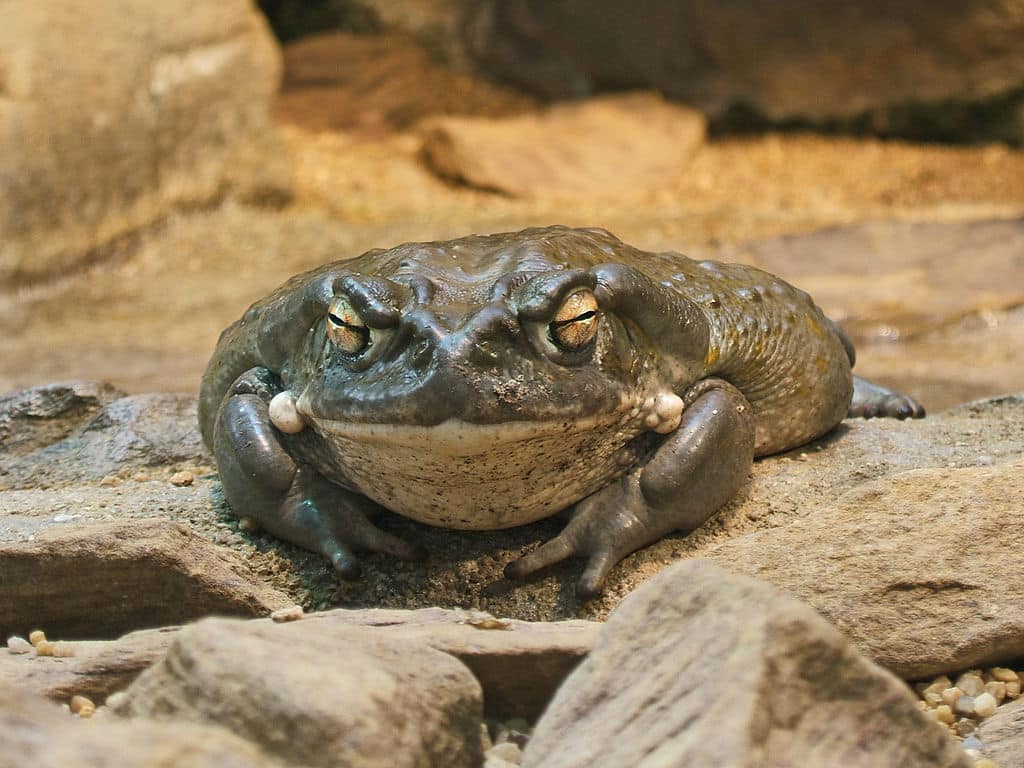Cross a tiger and a lion and you get a liger, cross a cow and a turtle and you get a helmeted calf, but what if you cross hallucinogenic frog slime with hallucinogenic mushrooms?
According to the lore of psychonauts (people who explore their own psyche by inducing changes in their state of consciousness, mostly for spiritual purposes), this mixture yields a psychedelic substance called psilomethoxine. But although there is no evidence to suggest that this is the case, a whole new religion is being built around it, called the Church of Psilomethoxine, which uses it to produce an effect it calls its “sacrament”.
Formed in 2021, the group quickly gained a following online.
After receiving a sample of the substance from an anonymous church member, the researchers analyzed it and reported their findings in a yet-to-be-peer-reviewed study.
In it, the authors explain that the Church of Psilomethoxine claims to have been able to produce a new hallucinogenic drug by mixing the hallucinogenic compound 5-MeO-DMT – which occurs naturally in the secretions of the Colorado toad – with an extract of hallucinogenic mushrooms. “This compound, called psilomethoxine, is thought to have unique properties and effects compared to traditional substances of a similar type,” they wrote.
The inspiration for this technique is thought to have come from the famous chemist Alexander “Sasha” Shulgin, who is credited with synthesizing hundreds of psychedelic compounds. In 2005, Shulgin suggested that crossing these two extracts could produce a hybrid molecule, and the Church of Psilomethoxine claims to be creating its sacrament using this very method in late 2021.
However, the authors of the new study have some doubts because “the proposed method of producing psilomethoxine from mushrooms conflicts with the established understanding of psilocybin biosynthesis.” After testing their sample using ultra-performance liquid chromatography with high-resolution mass spectrometry (UPLC-HRMS), the researchers found “no evidence to suggest that the compound psilomethoxine is present in the material the church offers its members online .”
“The sample actually consisted primarily of known tryptamines and other natural compounds expected to be present in dried Psilocybe mushrooms, specifically psilocybin and psilocin, with traces of baeocystin,” they wrote.
On its website, the Church of Psilomethoxine describes the effects of its substance as “the perfect blend between psilocybin and 5-MeO-DMT,” although the study’s authors say the so-called communion is simply a low dose of hallucinogenic mushrooms and that any unique psychedelic properties are likely due to placebo effect. “The lack of evidence of new compounds in the sample, together with the implausibility of the proposed biosynthetic synthesis, suggests that the Church of Psilomethoxine is engaging in misleading marketing practices and may be misrepresenting the material it distributes,” they conclude.
In response, the church says it has “never, at any time, claimed that psilomethoxine was ever positively a part of its sacrament. Why? Because at this point it is scientifically impossible to make such claims as there is no reference sample.’
In fact, the compound is only known to have been synthesized once, when chemists at the Institut Pasteur in France produced the molecule from vanilla orchids in 1965. However, their product was not deposited or added to any reference library, meaning it tested for the presence of psilomethoxine is hard.
In truth, the Church does admit that their own chemical analyzes have systematically failed to detect psilomethoxine in their communion substance. However, they remain convinced that the new psychedelic is still out there somewhere.
“Our claims about the existence of Psilomethoxine at this time are based solely on faith, supported by our and our members’ direct experience with the Sacrament,” they say.
Photo: Colorado toad












